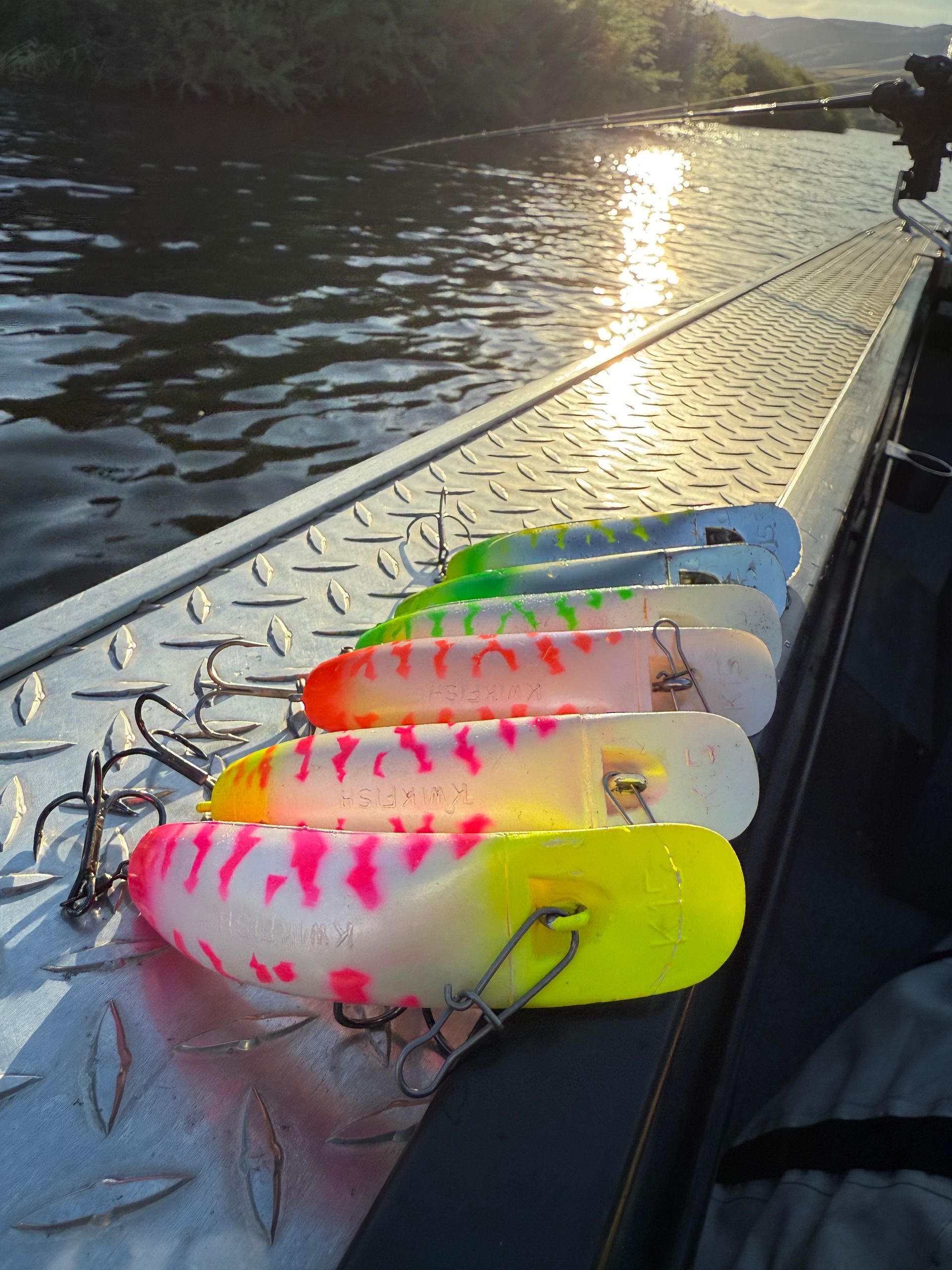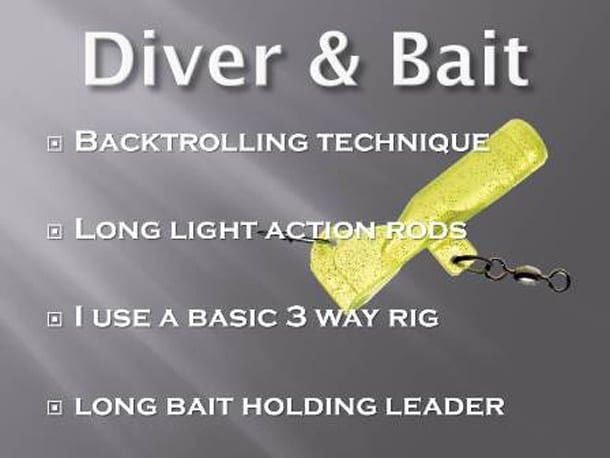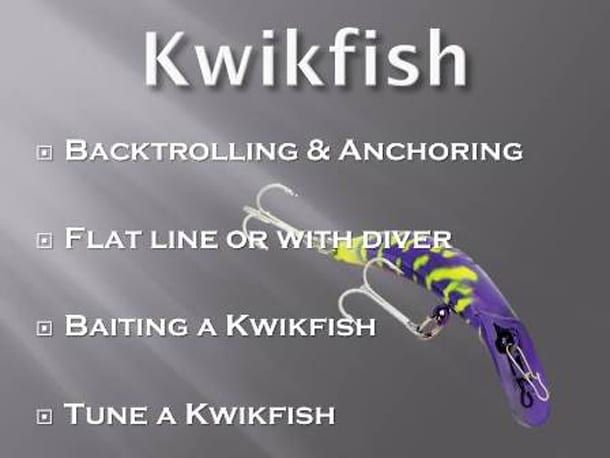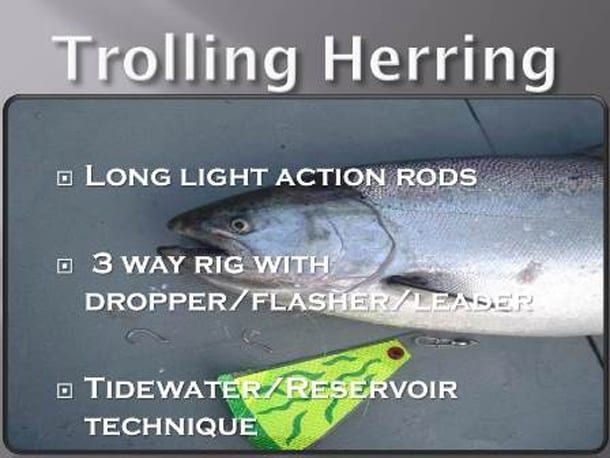CLEARWATER KINGS
CHASE CHINOOK LIKE A LOCAL LEGEND
If you’re wanting to chase a fish that hits like a truck and fights like they’ve got something to prove, come to Idaho’s Clearwater River—home of the mighty Chinook. If you want to do it right, you need a chinook fishing guide who knows every bend, riffle, and hole like the back of their hand.
Clearwater Kings are big, hard-charging fish. When they move upriver, it’s go-time, and the only way to stay in the action is with someone who’s been there, done that, and still gets fired up every single season.
Clearwater River Outfitter's fishing guides don’t just fish this river—they live it. From sunrise launches, in the cool morning air, to that moment when your rod doubles over and all hell breaks loose, they’re with you every step of the way. They’ll put you in the right spot, at the right time, with the right gear. No guesswork. No fluff. Just real-deal spring chinook salmon fishing on the Clearwater River.
And when you finally feel that first thump—the kind that shoots straight to your spine—you’ll know why folks come from all over to fish these waters. It's not just about filling the cooler (though that helps). It’s about testing your grit against one of the toughest fish in the river.
Ready to battle a Clearwater King? Let’s get you geared up.
SPRING CHINOOK SEASON RUNS FROM MID-MAY THROUGH MID-JUNE EACH YEAR.

IDAHO'S CHINOOK SEASON
There are 3 distinct runs of Chinook Salmon also known as “Kings” in the Columbia River system. The Clearwater River experiences all 3 runs of Spring, Summer and Fall Chinook each season.
Spring Chinook or “Springers” are far and away the most sought after of all these King Salmon. Hatchery Springers are all returning to several different satellite hatchery release areas, where wild Chinook are heading further upstream into the tributary waters to spawn naturally. Hatcher adult Spring Chinook marked by a clipped adipose fin may be retained per season regulations, while wild Spring Chinook must all be released unharmed to finish their travels and reproduce.
We start seeing decent numbers of Springers return to the Clearwater River around the first part of May. Most of these fish will average 10-20 lbs. and are easily considered the best quality table fare of all king Salmon. The season is based on a year to year catch quota based on the number of returning adult springers that season with the typical year ending sometime in June.
Being permitted to guide on the entire 70 miles of river, Clearwater River Outfitters will take you to the best places near Lewiston, Orofino or Kooskia, Idaho depending on where the fish are biting at the time. Techniques our fishing guides use to fish for springers are Diver and Bait, Backtrolling quickfish, Backbouncing Roe and Trolling Herring.
Come on a guided chinook fishing trip with Clearwater River Outfitters.
The CRO Master Fishing Guide to Spring Chinook Fishing on the Clearwater River
By Jason Schultz
Fishermen across the Northwest are watching the Spring Chinook counts as they cross Bonneville Dam on the Columbia River, and many of us can’t wait to get in on the action! Based out of Lewiston, Idaho, the river guides of Clearwater River Outfitters (CRO) are rigged and ready!
Downstream of the confluence of Clearwater and the Snake rivers are 8 dams and over 300 miles of once free-flowing river that is now backed up by hydroelectric dams. Once these returning Spring Chinook Salmon reach the Clearwater, they are now in a real free-flowing river. A fast-running tributary that has major current, swift-moving eddy pools, and deep and shallow runs. This is a real river and not to be taken for granted. Fishermen taking on these waters need to be schooled on fast water boating and spring run-off fishing techniques to be a safe and successful fisherman. This is where the professional Clearwater River Chinook fishing guides of CRO are in their wheelhouse! Let’s explain the many different riverboat fishing techniques they use to be successful on Spring Chinook in the Clearwater River.
4 River Boat Presentations
There are 4 primary techniques CRO chinook fishing guides will use to target Spring Chinook in the Clearwater River. All these techniques can be fished as a backtrolling style or adapted to an anchor fishing position. Diver and Bait, Kwikfish type Plugs, Back bouncing bait, and trolling Herring or other spinning lures are the go-to and most productive presentations.

Diver & Bait Backtrolling Tactics
Often, you will find the Clearwater River chinook fishing guides of CRO backtrolling a large glob of cured salmon roe, a brined shrimp, or a herring behind a size 50 Luhr Jenson jet diver.
We use long, medium-light action rods with lots of backbone. 10-12 ft rods are the go-to length and paired with a Shimano Tekota line counter reel make for a great weapon to battle large salmon in fast-running current. With the use of long rods, we can adapt to a longer leader, like 6 fee,t with either tandem 3/0 hooks or a size #2 treble hook on the business end. Running a long leader gets your bait way back behind the diver which is attached by a 12” long dropper. Your bait leader and dropper leader will both have their own swivel attached to the end. We run a duo lock snap on the 50lb braid main line, and then clip these swivels on each leader into that dual lock, which makes it a fantastic three-way junction.
This diver and bait combo will fish best in straighter runs where the current is even, and the bottom depth is less than 20 feet deep. Springers will run right near the bottom and usually not too far from shore if the river is at normal high-water levels. Work your bait downstream along little current breaks that come off points near shore where soft water and fast currents meet. These types of spots will funnel spring Chinook and give you an obvious place to target in your troll line where the fish may be pushing upstream. We have learned the hard way over many years of guiding that these salmon are better at hooking themselves than we are at hooking them! When the fish starts to take the bait, your rod tip will start to dip. Don't make the mistake of grabbing the rod to try to set the hook. The fish will often nibble and peck away at the bait before they commit, wait till the rod tip pulls down, and the line starts to click off the drag on the reel. Now grab the rod and reel down hard to the fish, always pulling through the resistance of the diver to keep the hook tension on the fish.
PRO TIP…Our Chinook Fishing Guides say Barbless hooks and divers can be problematic for anglers who don't keep tension on the fish! Reel down and pump up until you feel the headshake of the salmon and not just the tension of the Jet Diver in the current.

Kwikfish Tactics for Spring Chinook Fishing
The Quick Fish lure from lure Jensen and others like it may well be the most effective river salmon lure of all time. In just about any river that has salmon in the northwest, you will find fishermen relying on the “Kwikie” to put slab-sided kings in the fish box.
Kwikfish can be anchor fished, trolled, or even back-bounced. A bait wrap of sardine, herring, or tuna will almost always be applied to the belly of the plug. A strip of bait from a sardine fillet is typically cut about 2 inches long and 3/4 of an inch wide and applied to the belly of the plug with a stretchy thread of some type.
Our Chinook fishing guides find that applying the bait to the belly of the plug is all about scent, and correctly curing your bait can make a big difference. A simple cure of salt, sugar, and some type of bait oil, such as Pro Cure bait oils or Pautzkie Nectar on your quick fish bait wraps overnight can often be the perfect combo for the little extra effectiveness you'll need. Not all plugs are going to catch fish, this is a fact! Some plugs just come out of the box crooked, and they will always be junk. If you can't correct the plug to run correctly, throw it away or give it to your fishing buddies and laugh to yourself as you know it will never catch a fish! Your plug should always run straight and deep when reeled back in through the heavy current.
Our Clearwater Chinook Guides have found that if your plug runs a bit off to the side, tuning these plugs can be the key, usually by twisting the eye or bending the eye in one direction or the other to correct the dive of the plug if it runs crooked. A properly tuned plug baited with the correct bait wrap is rarely resisted by a spring Chinook. Any color combination will work as long as it is Chartreuse and Chrome! These plugs can be flatline back trolled to 15 feet or in deeper water with the help of a jet with a diver dropper. Many anglers will anchor fish these plugs with a dropper line and a weight if you would like to anchor fish in deeper water. Always play with plug size, hook configurations, and colors to find best combination for the conditions so you can connect with the fish that are biting that day!

Back Bouncing Style of Chinook Salmon Fishing
By far, my favorite way to fish for spring chinook salmon is back bouncing. It is not an easy technique to master as it is very hands-on for the angler. Back bouncing takes much more skill and concentration from the fishermen than most other techniques.
When done correctly, not only is it extremely effective, but there's a direct connection between you and the fish! When the fish starts to bite, the fisherman needs to have self-control. Do not set the hook when you first feel the bite, you must let the fish take the bait! It is so much fun, but so hard not to want to yank on that rod when you feel the fish begin to tug at your bait. When the fish starts to bite, hold your rod tip still and let the fish pull your tip down toward the water. When your line comes tight and you can feel the weight of the fish, just lift your rod and there you have it, Fish On!!!
For our chinook fishing guides, the basic back-bouncing rig starts with a basic three-way setup. A duo lock snap-on your main line is attached to a leader and a dropper similar to the diver and bait rig. The leader will be a little bit shorter than the diver setup, and an 8-inch dropper is attached to a cannonball weight as your sinker. A 5-foot leader or 40 LB line is appropriate for these fish. Your hook will most often be baited with salmon Roe, but other offerings like shrimp or herring are an alternative. Back bouncing is a kind of back trolling technique where you hold the rod in your hands.
The trick our fishing guides have found is always to constantly adjust the amount of line you have out behind the boat to keep up with the current and the depth that you are in at that moment. You lift the weight up; the current pulls your bait back, and you set it back down. It's a lot like jigging, but if the river shallows or the current slows down, you must bring line into your reel. If it gets deeper or if the current speeds up, you must let out more line. You want to have just enough line out so your weight can keep your bait down on the bottom. It’s all done by feel, and believe me, it is not easy for most fishermen to master the skill for this technique on the first day. This back-bouncing technique can get to be a lot of work, but we use shorter 8-foot heavy rods that help leverage lifting the weight repeatedly.
Our clients agree there's nothing quite like feeling the bite of a salmon when you have that rod in your hand! Back bouncing works better than any other technique in Eddie pools, crazy currents, and places where most trolling techniques are too difficult to manage. Our Clearwater River Chinook fishing guides are masters at teaching this technique, and our clients have come to love fishing this way more than any other way if they are patient enough to learn!

Trolling Herring and Other Spinning Lures for Chinook on the Clearwater River
The last mile of the Clearwater River, just above its confluence with the Snake River, is backed up into a slackwater pool by the reservoir created by Lower Granite Dam 35 miles downstream. This creates a deeper slow slow-moving water situation where forward trolling may be your best bet to connect with springers. Rule of thumb… the current must be at a minimum to implement this technique. If the river is ripping 10 mph, don’t waste your time. Slow-moving water is where this style of fishing will shine our fishing guides have found.
If you plan to use herring, start with either freshly thawed red-label whole herring or a plug cut green-label-sized baitfish. If you are using an artificial chartreuse and chrome, Brad’s Superbait is a great place to start. Your terminal tackle will consist of a 3-way rig with a 2-foot dropper for your cannonball weight. Your leader will be 3 feet of 40 lb Maxima that runs to a fish flash style flasher. Then, a 3-foot section of bumper line runs to your 3-way junction. This type of 3-way weight, flasher, and bait setup is common to salmon fishing all up and down the Columbia River system. Most of the time, our chinook salmon fishing guides will use a 6-oz cannonball as our weight, and based on water clarity, we will use either the 5 or 8-inch flashers.
To implement this technique, start by getting a nice downstream troll started somewhere below the memorial bridge. Your goal is to troll just fast enough down river so that your herring and flasher are just starting to spin like a drill, and no faster. Lower your gear slowly as you troll until you can just feel the weight touch the bottom. You want to set your reel into gear and fish your rod in the rod holder with a relatively light drag. You will need to constantly adjust the amount of line you have out to keep your gear working in the lower half of the water column. Run some rods right at the bottom and some 5-10 feet suspended. When you start to get bit, let your rod do the work. Let the fish eat until it buries the rod and is pulling drag off your reel. Using a long light-action rod will help let the fish take your bait deep into its mouth before it feels the resistance of your gear. Pro tip… In the Clearwater River, if the water has 4-5 feet of visibility, try ditching the flasher and just running a straight herring or artificial bait. Many times, the flasher may be more of a pain than it is worth!
Bait options for Chinook…Other spinning lures besides herring have recently been a game changer for those of us who utilize this technique. Brad’s Super Bait, Yakima Bait’s Spin Fish, and others have proven their effectiveness in this trolling game. These spinning lures are made to open and be filled with options such as tuna fish, sardine meat, or other salmon-tempting baits. If you decide to stick with herring, try freshly thawed vacuum-packed herring. I have found these fish really click to unbrined bait fished right out of the package.
Come fish with Clearwater River Outfitters for guided fishing trips for spring chinook salmon!





